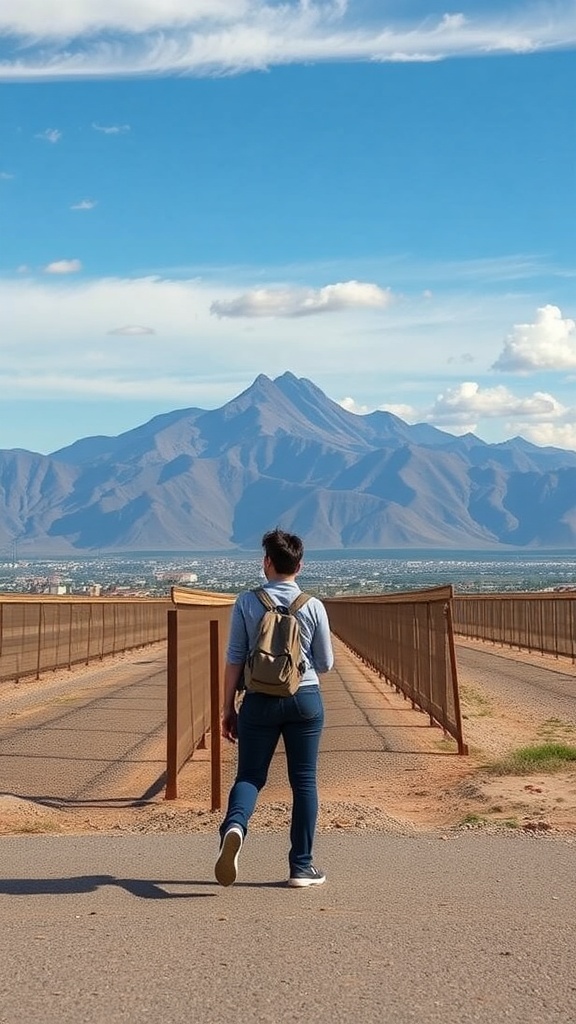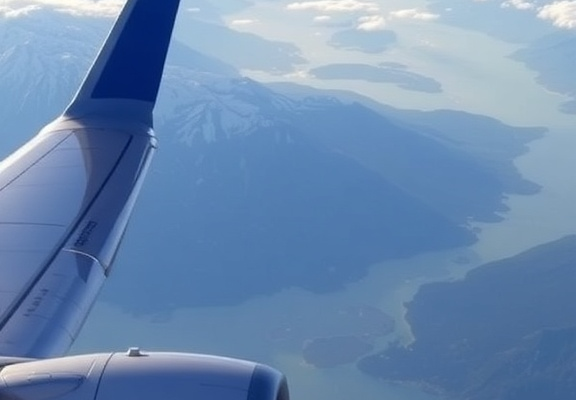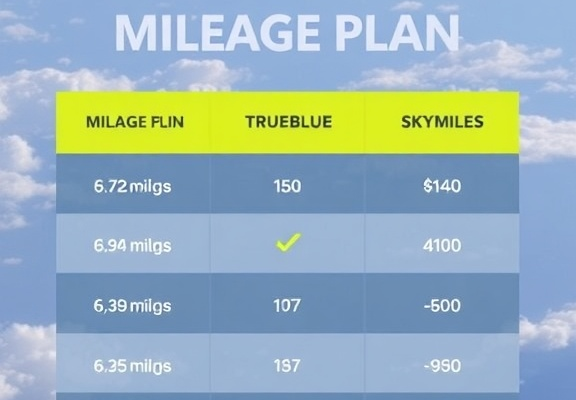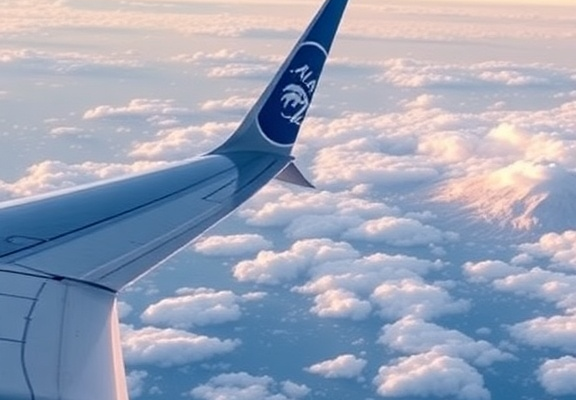The Impact of Trump’s Border Rules on U.S. Travel Restrictions by 2025
As we move further into 2025, travelers from around the globe are noticing significant changes in U.S. travel restrictions, largely influenced by the policies implemented during Donald Trump’s presidency. The policies established during this time have had long-lasting effects that continue to shape the way people approach travel to the United States.
Thank you for reading this post, don't forget to subscribe!After the Trump administration initiated significant border rules, the landscape of U.S. travel tightened considerably. One of the most notable outcomes was the introduction of stricter vetting processes for visa applicants and increased scrutiny on those seeking entry into the country. These measures were designed to enhance national security, but they have also created unforeseen barriers for travelers. By 2025, these policies will have evolved to include new fees and regulations that make U.S. travel an even more complicated affair.
One such significant change is the introduction of a $250 visa fee. This fee adds a financial burden that travelers must account for when planning their trips to the United States. For many, this additional cost can discourage travel altogether, especially for those from less affluent nations. The visa application process now carries not just the weight of red tape but also a hefty price tag. With this in mind, here are several key impacts of Trump’s border rules on travel restrictions that you should consider:
- Stricter Visa Requirements: The application process for visas has become more stringent, with additional documentation required. Travelers may need to provide extensive proof of ties to their home countries to reassure U.S. officials that they will return after their visit.
- Increased Processing Times: With a need for more scrutiny, the time it takes to process visas has lengthened significantly, leading to uncertainty in travel plans.
- $250 Visa Fee: The introduction of this fee serves as a deterrent for many potential tourists, adding another layer of complexity to travel arrangements.
- Impact on Business Travelers: Corporate travelers who often rely on swift visa processing and ease of entry now face hurdles that can affect their ability to conduct business in the U.S.
- Travel Bans and Restrictions: Certain countries still face outright travel bans, making it impossible for citizens of those nations to visit the U.S. without special exemptions.
The effectiveness and necessity of such barriers are often debated. Proponents argue that these measures are essential for national security and public safety. However, critics highlight the detrimental economic impact that these restrictions can impose on tourism and international business relations.
Additionally, these border rules have altered the perception of the United States as a travel destination. What used to be regarded as a welcoming haven for tourists may now seem intimidating and unwelcoming. This shift could result in fewer international visitors as travelers consider their alternatives, favoring destination countries with more relaxed travel policies.
As we look towards the future, one must consider how these travel restrictions will continue to evolve beyond 2025. New administrations may either seek to roll back these rules or further tighten control based on ongoing security assessments and political agendas. This fluid nature of policy can create uncertainty and frustration for those whose travel plans intersect with U.S. borders. Regardless of the future direction, the case of Trump’s border rules demonstrates a clear shift in travel dynamics, impacting how individuals and families plan their trips.
Travelers should stay informed and proactive about these developments and understand that they might need to adapt their plans according to changing regulations. Resources are available for those seeking clarity about visa processes, entry requirements, and any fees associated with travel to the United States. It’s essential to research thoroughly and seek advice from professionals if necessary to navigate the complexities of U.S. travel in this evolving landscape.
The ramifications of Trump’s border rules are still being felt, creating a challenging environment for those looking to visit the U.S. Understanding these changes is crucial, as it impacts not only individual travelers but also the global economy and international relations as a whole.
Analyzing the Significance of the New $250 Visa Fee in International Travel
The recent announcement of a new $250 visa fee for international travel has stirred significant conversation among travelers, tour operators, and policymakers alike. As we move into 2025, the implications of this fee, coupled with changes in travel regulations, are becoming increasingly clear. For travelers seeking entry into the United States, understanding these developments is crucial for planning future trips.
The $250 visa fee adds a layer of expense that many travelers may not have anticipated. This change is particularly significant considering how travel budgets are often tight, especially for families or individuals planning to visit the U.S. for leisure or business purposes. For those aiming to experience American culture, visit family, or attend important meetings, this fee represents a tangible barrier to entry that can impact travel plans substantially.
So, what factors are contributing to the introduction of this fee? Here are a few key points to consider:
- Increased Security Measures: In the wake of global events and ongoing safety concerns, the U.S. has heightened security measures at borders. The additional revenue from the visa fee is intended to fund these measures, making airports and border crossings safer for everyone.
- Administrative Costs: Processing visa applications requires significant resources. The fee aims to cover the rising administrative costs associated with visa processing, which include background checks, paperwork, and other necessary procedures.
- Regulation Changes: The landscape of international travel is continuously evolving. Changes implemented during and after the pandemic have reshaped visa policies, with many countries striving to maintain stricter controls over who can enter.
One practical effect of this new fee is the potential for decreased travel activity. For instance, previous trends showed that more travelers were inclined to visit when fees were lower. A jump to $250 could compel more budget-conscious individuals to rethink their travel plans, effectively lowering overall tourist numbers. Consider this breakdown:
- A family of four planning a trip to the U.S. now faces an additional $1,000 in visa fees alone.
- Business travelers who frequently visit for meetings may rethink their travel schedules, aiming to consolidate trips to manage costs better.
- Students and young travelers, often the backbone of international tourism, might find this fee a deterrent, impacting enrollment in U.S. educational programs.
Moreover, let’s consider the timing of the fee implementation. In 2025, as many countries continue to recover economically, higher travel costs can lead to a decrease in international exchange and pivot travel trends towards more affordable destinations. Travel behavior will happen on a larger scale, resulting in potential shifts in tourism revenue for the U.S.
Another important aspect of the $250 visa fee is its long-term implications on the overall perception of the U.S. as a travel destination. While many visitors have historically chosen the U.S. for its rich experiences, diverse culture, and opportunities for business, such financial barriers might disengage some travelers. Countries with lower or no visa fees can now appear more appealing.
A strategic approach for potential travelers involves careful budgeting and research prior to embarking on international trips. Consider the following tips for managing the financial impact of the new visa fee:
- Budget Accordingly: Incorporate the visa fee as part of your overall travel budget. This practice will help you avoid unexpected financial strain.
- Research Alternatives: Look into countries that require lower fees or offer visa-free entry to see if they might serve as worthy substitutes.
- Plan Ahead: Consider traveling during shoulder seasons or seeking out package deals that might absorb some of the costs associated with the visa fee.
The new $250 visa fee for international travel to the U.S. signals a shift in policy that affects travelers from across the globe. As you navigate the intricate landscape of post-pandemic travel restrictions and rising costs, staying informed will empower you to make savvy travel decisions. Understanding how to manage these expenses and successfully plan your trips can lead to enriching experiences, despite the challenges that the new fee introduces.
Conclusion
The landscape of U.S. travel is evolving, shaped significantly by past policies and new regulations. Trump’s border rules have set a precedent that continues to influence how travelers navigate the entry process into America. By 2025, these restrictions are expected to remain stringent, placing additional hurdles before those hoping to visit the United States for business, leisure, or family reasons. As these policies create barriers, many travelers are left to weigh the implications of these changes on their adventures or obligations in America.
The recent introduction of a $250 visa fee further complicates the travel equation. This increase is not merely a financial burden but also a psychological barrier for many international visitors. Higher fees can dissuade potential tourists, business professionals, and international students from making their way to the U.S., which may impact the country’s economy and cultural diversity.
Travelers must now adapt to a reality where gaining access to the U.S. is becoming more complicated, costly, and time-consuming. Whether it’s understanding the impact of evolving border policies or budgeting for new visa fees, planning a trip requires more foresight than ever before. Ultimately, the intersection of these factors underscores the necessity for potential travelers to stay informed and prepare adequately, as they navigate this increasingly complex environment. Each decision made regarding travel to the U.S. will not only affect individual journeys but also signal changing dynamics in our global interconnectivity.






